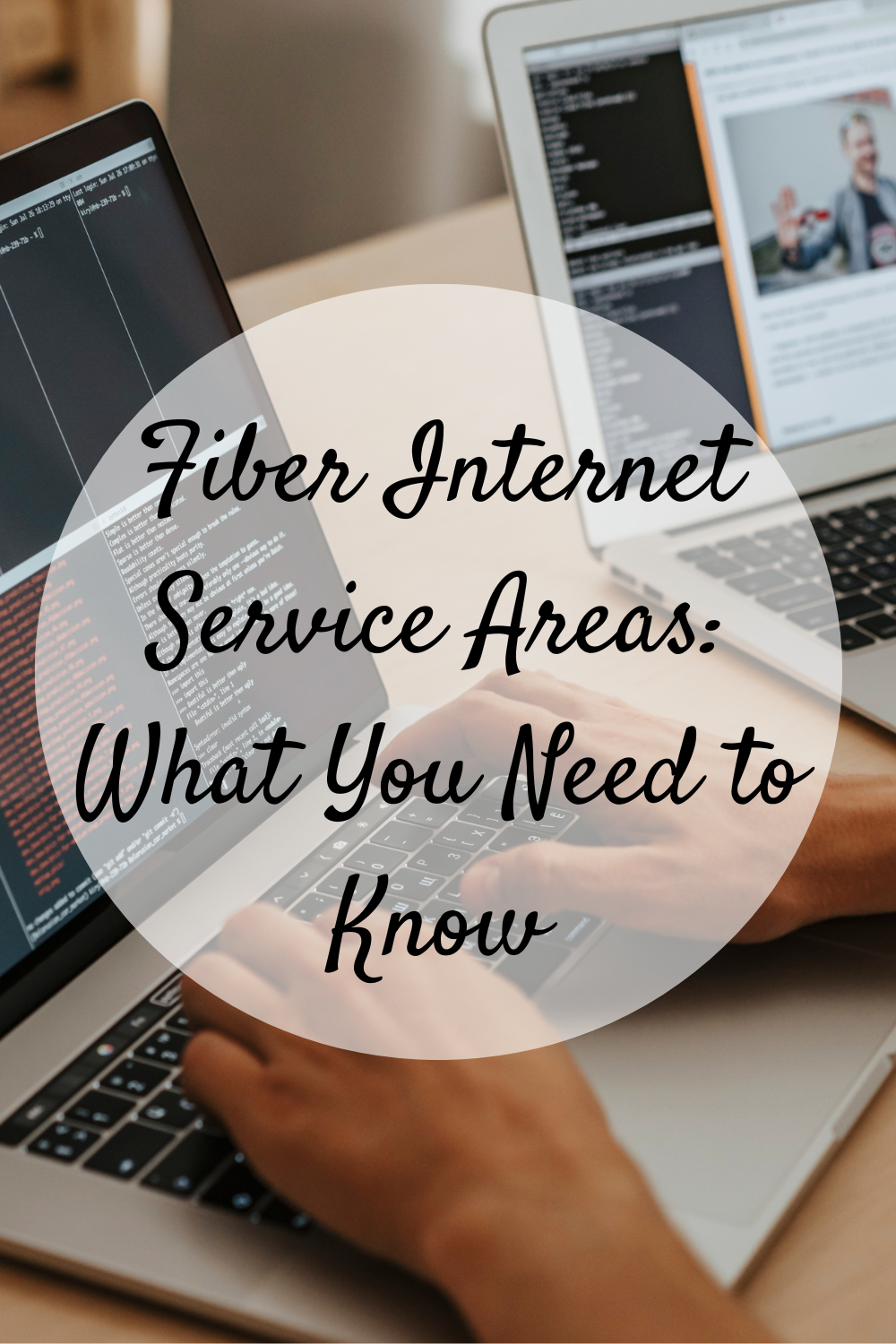

Fiber internet remains unavailable in many parts of the country today, but that could change. Congress has agreed to invest $42 billion in broadband through the Bipartisan Infrastructure Law. How is this law ensuring increased access to high-speed internet?
The Broadband Equity, Access, and Deployment Program was created as part of the Bipartisan Infrastructure Law to connect every American household to the Internet. Each state will receive a portion of the $42 billion to share with internet service providers and connect everyone to the Internet. With the help of these funds, fiber internet service areas may soon be commonplace.
The Commerce Department’s National Telecommunications and Information Administration oversees the BEAD program. This agency promotes fiber internet because it believes this technology will scale as needs change. However, all optical fiber and fiber-optic cables used in the BEAD program must be made in America, so the country’s supply chain has to step up and meet this increasing demand.
Only three American manufacturers in the United States draw fiber and make cable that meets federal standards. Today, only one plant makes optical fiber and fiber-optic cable, which must change. However, these manufacturers don’t receive the BEAD funds. Internet service providers, municipalities, and co-ops receive the funds and purchase the equipment they need from the manufacturers.
Creating optical fiber is a multi-step process. A thin, pure glass tube forms the basis for the fiber. Manufacturers build the tube until it is approximately the size of a soda bottle. The preform, as this tube is known, is melted and pulled down to the desired size. It then gets thinned and coated before the quality control portion of the process begins.
Once the quality control team approves the fiber, it moves to the cabling division. This division encases the fiber in cables and plastic tubes to protect it from harm. Workers first cover the fiber with a protective gel through a process known as buffering. This gel allows the cable to move inside protective plastic tubes.
The tubes contain multiple pieces of fiber, and the buffering tubes are added to protect the fibers by wrapping and layering them. Once this has been done, the final outer layer is added through the jacketing process. As the name suggests, this jacket encloses the fibers in a protective coating that will safeguard the fibers from harm, much as a jacket protects a human from the elements. When people see fiber optic cables, they see the jacketed version rather than the actual fiber.
Manufacturers may take additional steps to ensure the durability and reliability of these cables. For example, they may wrap the fibers in flame-retardant cable, which would be beneficial in areas prone to wildfires. This step before installing the fiber internet network allows for rapid service restoration following a natural disaster, and the internet infrastructure will remain intact under extreme conditions.
Fiber internet will likely be the predominant choice for high-speed internet in the future. With the help of this government funding, that day may arrive sooner rather than later. This technology allows individuals to remain connected with others across the globe, advance their schooling and careers, and so much more. The world will transform when everyone can access high-speed internet; that day isn’t far off now.
In recent years, the rapid advancement of blockchain technology and the increasing popularity of cryptocurrency…
Imagine running a business where your office is anywhere with an internet connection, your team…
In an industry historically dominated by exclusive networks and privileged connections, Canary Wharfian has emerged…
From weatherproof TVs to premium audio, outdoor living is going high-tech across the metro area.…
Singapore, known for its vibrant culture, stunning architecture, and world-class attractions, is a top destination…
In the current world where time is of the essence, it should be easy and…
This website uses cookies.